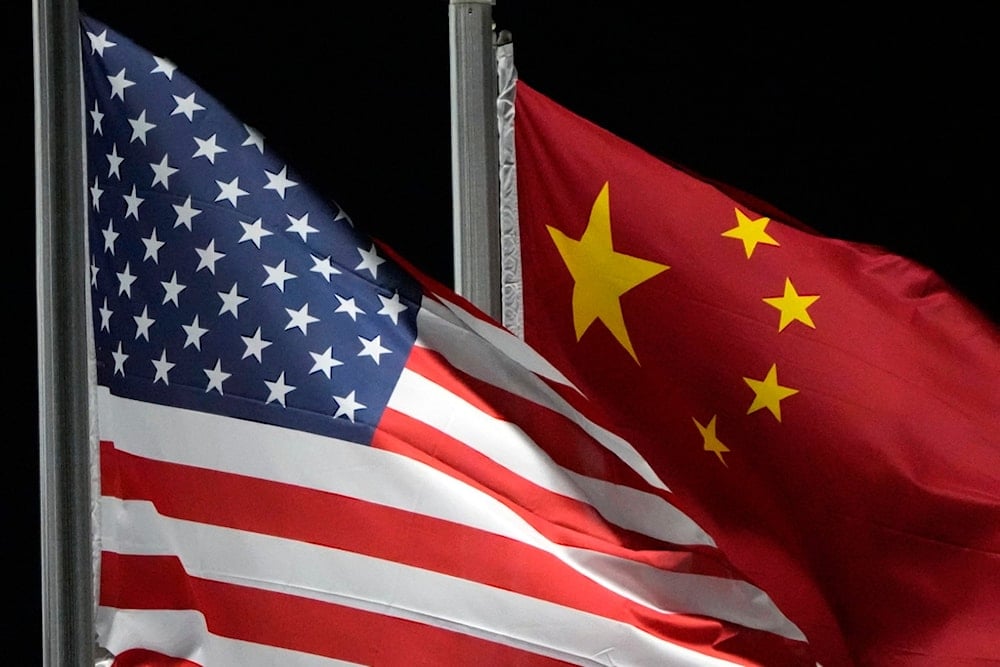US slaps 160% tariff on Chinese graphite
The US imposes 160% tariffs on Chinese graphite imports amid claims of dumping, intensifying the clean energy supply chain battle and boosting domestic EV battery production efforts.
-

FILE - The American and Chinese flags wave at Genting Snow Park ahead of the 2022 Winter Olympics, Feb. 2, 2022, in Zhangjiakou, China. (AP Photo/Kiichiro Sato, File)
The United States has moved to sharply restrict imports of Chinese graphite, an essential material in battery production, by imposing preliminary anti-dumping duties of 93.5%, bringing the total effective tariff rate to approximately 160% when combined with existing trade penalties.
The decision, reported by Bloomberg News and confirmed by the US Department of Commerce, comes amid deepening competition over critical supply chains. A final ruling on the measure is expected by December 5.
The action stems from a December 2024 petition by the American Active Anode Material Producers (AAAMP), a coalition of domestic graphite firms, which urged US authorities to penalize both natural and synthetic graphite imports from China.
The group accused Beijing of flooding the US market with underpriced material, calling for duties as high as 920% on graphite used in lithium-ion battery anodes. “There is overwhelming evidence that China dumps artificially cheap graphite into global markets,” the petition stated.
China currently controls more than 90% of global battery-grade graphite production and supplies around 42% of US imports, making the material indispensable to both electric vehicle (EV) manufacturing and renewable energy storage.
The tariff move, therefore, is not just economic, it strikes at the heart of the global clean energy race and Washington’s efforts to rebuild its industrial base.
Tariff tensions
Despite this hardline stance, it follows recent high-level efforts to reduce trade tensions between the two countries. At bilateral talks in Geneva on May 10–11, Treasury Secretary Scott Bessent and Chinese Vice Premier He Lifeng reached a temporary 90-day agreement to lower certain tariffs.
The two sides later expanded the agreement in late June to include Chinese rare earth exports, and President Trump is reportedly planning a visit to China to further address unresolved trade issues before an August 10 deadline, when temporary tariff reductions could expire.
However, the graphite ruling reveals the limits of this thaw. While both sides have signaled willingness to cooperate on trade frameworks, the Commerce Department’s action highlights the strategic sensitivity of sectors like battery materials, semiconductors, and clean technology, areas where the US continues to view Chinese dominance as a threat to national security and industrial competitiveness.
Read more: Quad forms initiative to challenge China rare minerals control
As Beijing and Washington navigate this delicate economic truce, the graphite case illustrates how core disputes over industrial policy and technology access remain far from resolved.

 3 Min Read
3 Min Read









